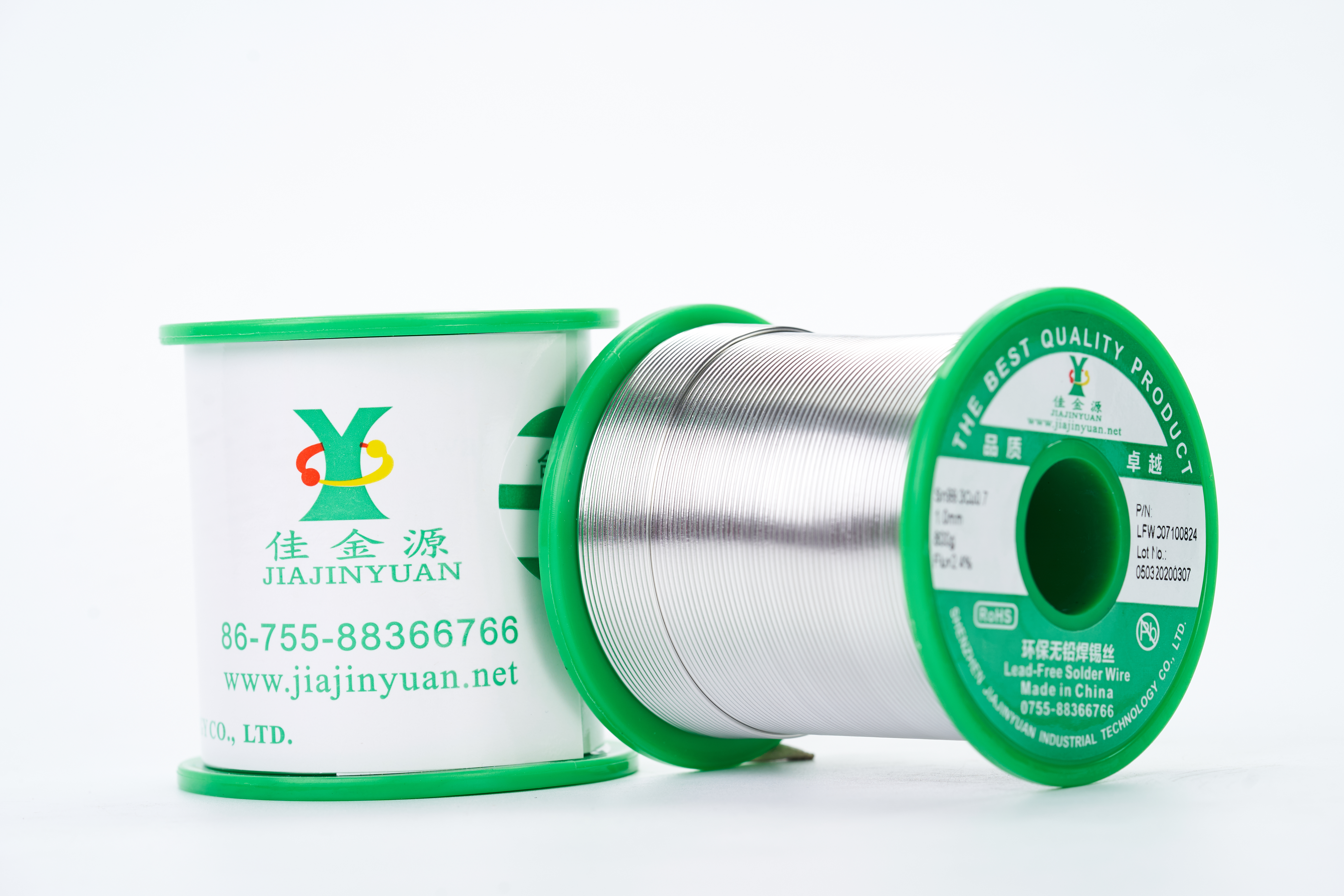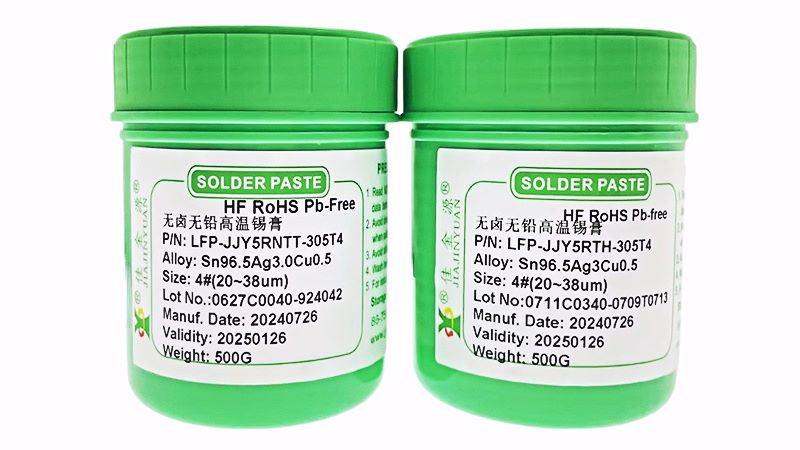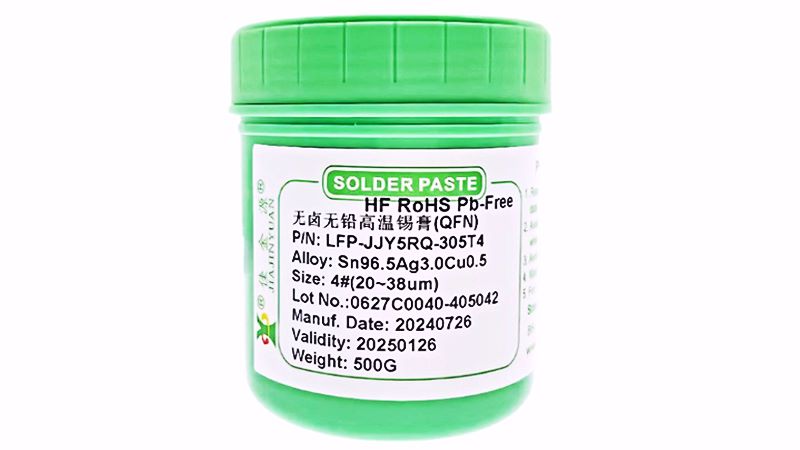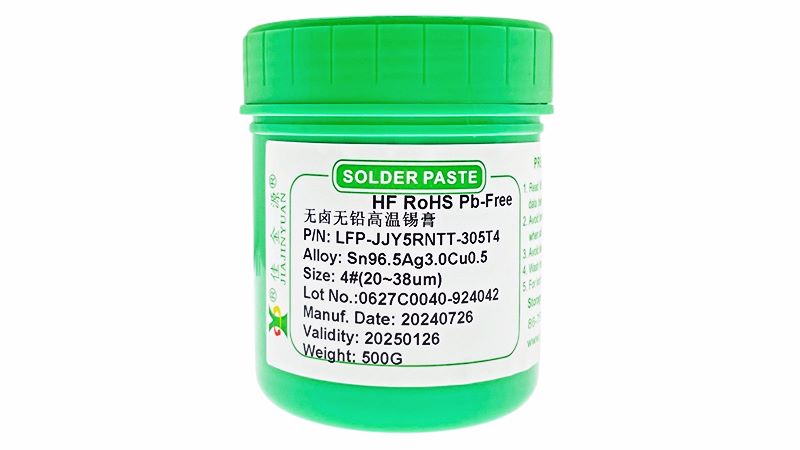Recently, I heard many customers inquiring about lead-free soldering. I often hear them ask what the lead content should bePPMThen what is the lead contentPPMBetter. Everyone is quite clear that the quality requirements for lead-free solder wire in products are very high. In terms of standards, the content of lead metal in the EU standards is all less than1000ppm. In the tin products industry, the industry standard requirement for lead content in tin wire is less than300ppmOr, if there is a higher requirement to produce halogen-free and lead-free tin wire, thenppmWhat does it mean??The following solder paste manufacturer will explain:

PPMThe value is300What does it mean? Just every100Among ten thousand points, it is allowed300Points (each one.padCalculate a point) It's bad.
Generally, lead-free tin wire can be classified into two major types: solid core and hollow core with rosin. Hollow core tin wire can be used directly during soldering, which is much more convenient. Currently, most of the tin wire produced by JJY Solder Paste Factory is hollow core, and hollow core is also more commonly used in the industry. Solid core tin wire is used for terminal wires and other wire materials or in the tin plating industry. As this type of tin wire is custom-made, it needs to be ordered in advance.
ForLead-free solder wireIn terms of the product, the solder wire currently produced is a no-wash solder wire. After cleaning the solder wire, there is very little residue and no need to clean it again. After ordinary solder wire is welded, it should be cleaned with plate cleaning water. Everyone should ask about this when placing an order. In the tin products industry, the industry standard requirement for lead content in tin wire is less than300ppmGenerally, many industries have requirements for this100PMM. Or higher requirements for halogen-free and lead-free tin wire production, so everyone must ask clearly when placing an order.





 Tel:+86 0755 88366766
Tel:+86 0755 88366766 Phone:+86 18938660310
Phone:+86 18938660310 Email:sales@jjyhanxi.com
Email:sales@jjyhanxi.com Address:13/F,12/F, Building No. B,Qinghu Technology Park,Qingxiang Rd.,Qinghu Community, Longhua Subdistrict,Longhua District,Shenzhen City,GUANGDONG Province,P.R.C.(518027)
Address:13/F,12/F, Building No. B,Qinghu Technology Park,Qingxiang Rd.,Qinghu Community, Longhua Subdistrict,Longhua District,Shenzhen City,GUANGDONG Province,P.R.C.(518027) Guangdong Public Security Backup 44030902002666 name
Guangdong Public Security Backup 44030902002666 name
 WeChat
WeChat WeChat official account
WeChat official account
